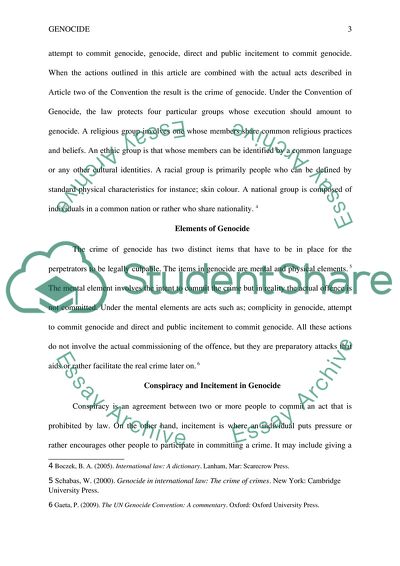Cite this document
(“International criminal law Essay Example | Topics and Well Written Essays - 2000 words”, n.d.)
International criminal law Essay Example | Topics and Well Written Essays - 2000 words. Retrieved from https://studentshare.org/law/1699186-international-criminal-law
International criminal law Essay Example | Topics and Well Written Essays - 2000 words. Retrieved from https://studentshare.org/law/1699186-international-criminal-law
(International Criminal Law Essay Example | Topics and Well Written Essays - 2000 Words)
International Criminal Law Essay Example | Topics and Well Written Essays - 2000 Words. https://studentshare.org/law/1699186-international-criminal-law.
International Criminal Law Essay Example | Topics and Well Written Essays - 2000 Words. https://studentshare.org/law/1699186-international-criminal-law.
“International Criminal Law Essay Example | Topics and Well Written Essays - 2000 Words”, n.d. https://studentshare.org/law/1699186-international-criminal-law.


